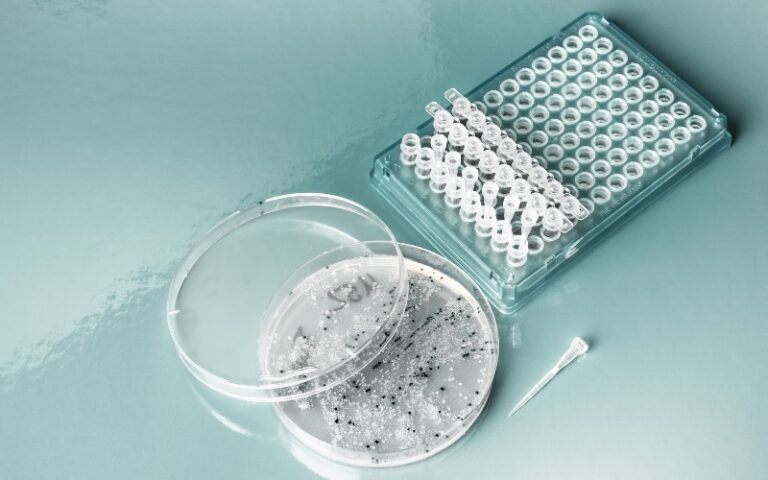A defibrillator is a device that monitors the rhythms of the heart and delivers an electrical shock if the heart rhythm is abnormal or if the heart has stopped completely.
Defibrillators are used when a person is experiencing sudden cardiac arrest or to help reduce the risk of cardiac arrest.
There are 3 main types of defibrillators:
- Automated External Defibrillators
- Implantable Cardioverter Defibrillators
- Wearable Cardioverter Defibrillators
Automated External Defibrillator (AED)
AEDs are portable, battery-operated defibrillation devices that are designed to be operated by anyone, not just a medical professional. They are kept in public places and should be used if a person is experiencing sudden cardiac arrest.
There are many different brands of AEDs in Australia, including the Heartsine defibrillator and the Zoll defibrillator. All AEDs come with clear verbal and/or visual instructions to help the user know what to do in an emergency.
Sticky pads called electrodes should be attached to the patient’s chest. The electrodes monitor the person’s heart rate and send that information via electrical wires to the AED.
A computer in the AED analyses the information to determine whether an electrical shock is needed. If an electrical shock is required, it is delivered to the person’s chest via the electrodes.
When should you use an automatic external defibrillator?
An AED should be used if a person is experiencing cardiac arrest. Warning signs include fainting, collapsing, difficulty breathing and loss of consciousness.
If a person is experiencing sudden cardiac arrest, you should administer cardiopulmonary resuscitation (CPR) until an AED can be used. Use an AED as soon as possible and call 000 for medical help.
AEDs are user friendly and anyone can use an AED, not just medical professionals. Using an AED could save someone’s life.
How to use an AED – Step by step
After checking the situation for danger, you should call 000 for emergency medical help. Then follow the steps below.
Step 1. Turn the AED on.
AEDs are designed with verbal instruction to walk you through what to do. Follow the instructions that the AED gives you.
Step 2. Expose the person’s chest and attach the sticky pads.
Also, make sure the connector is plugged into the AED.
Step 3. Stand clear.
Make sure no one is touching the person.
Step 4. Press the “Analyse” button.
The AED will begin analysing the person’s heart rhythms.
Step 5. Deliver a shock, if recommended by the AED.
If the AED recommends giving the person an electrical shock, ensure no one is touching the person and then press the “Shock” button.
Step 6. Begin CPR.
After delivering a shock, or if a shock is not recommended, begin CPR on the person. Continue to follow the prompts from the AED. If you notice signs of life, stop CPR and monitor the person’s breathing for any changes.
What is an Implantable Cardioverter Defibrillator (ICD)?
An ICD is a device that is placed inside a person’s chest during surgery. Sometimes an ICD is placed in the abdomen for small children.
ICDs are used to monitor abnormal heart rhythms, for example, if a person’s heart rate is too slow, too fast or uneven. An ICD can also help lower the risk of sudden cardiac arrest.
The ICD monitors the heart rhythm and delivers a small electric shock if it detects problems. If the small electrical shocks do not restore the heart to a normal rhythm, higher energy shocks are delivered.
What is a Wearable Cardioverter Defibrillator (WCD)?
WCDs are worn on a belt around a person’s chest, under their clothes. Like ICDs, they monitor the heart for irregular rhythms and deliver small shocks followed by higher energy shocks if required.
If the sensors attached to the person’s skin detect abnormal rhythms the WCD will notify the person with an alert. The alert can be switched off if an electrical shock is not needed.
The small electrical shocks may not be noticeable by the person, or they may feel like a fluttering in the chest. The higher energy shocks may feel strong or painful, like a heavy thump in the chest.
Who needs an implantable or wearable cardioverter defibrillator?
ICDs and WCDs may be recommended by a doctor if a person has problems with abnormal heart rhythms. These defibrillation devices may help prevent cardiac arrest.
There are many reasons why a person may experience arrhythmia – abnormal heart rhythms – or be at risk of a cardiac arrest.
ICDs and WCDs may be recommended for people who have:
- experienced cardiac arrest before
- experienced a heart attack
- abnormally low heart rate
- a neuromuscular disorder
- congenital heart disease
- cardiac sarcoidosis
ICDs and WCDs can be used in both adults and children. ICDs are typically used when the person is at risk for a long time. WCDs are typically used when the person is at risk for a short time, for example following a heart attack or if they are fighting an infection.
Defibrillators can save lives.
Defibrillators are highly powerful but simple to use devices that can save lives. It is important for everyone, not just health professionals, to understand how defibrillators work and know how to recognise the warning signs of sudden cardiac arrest.




















